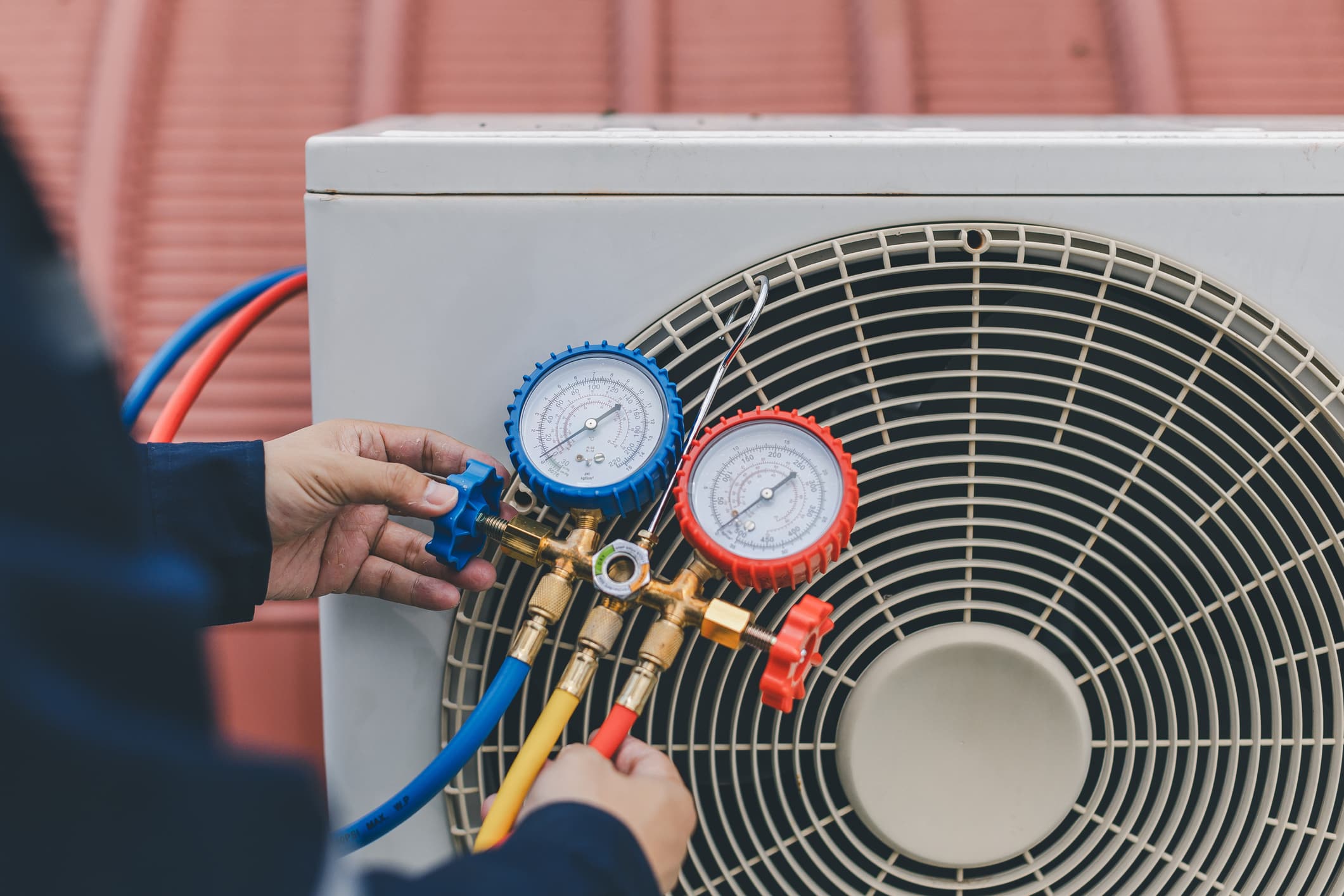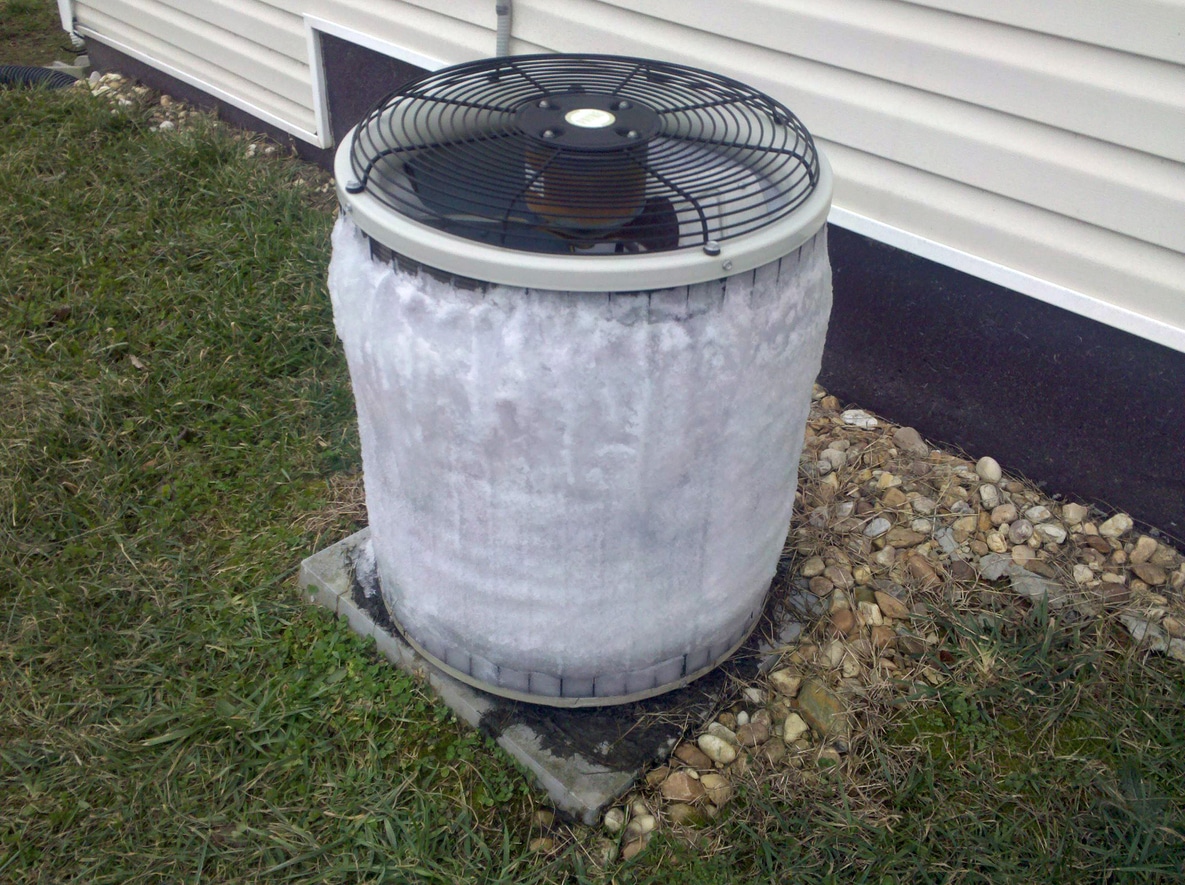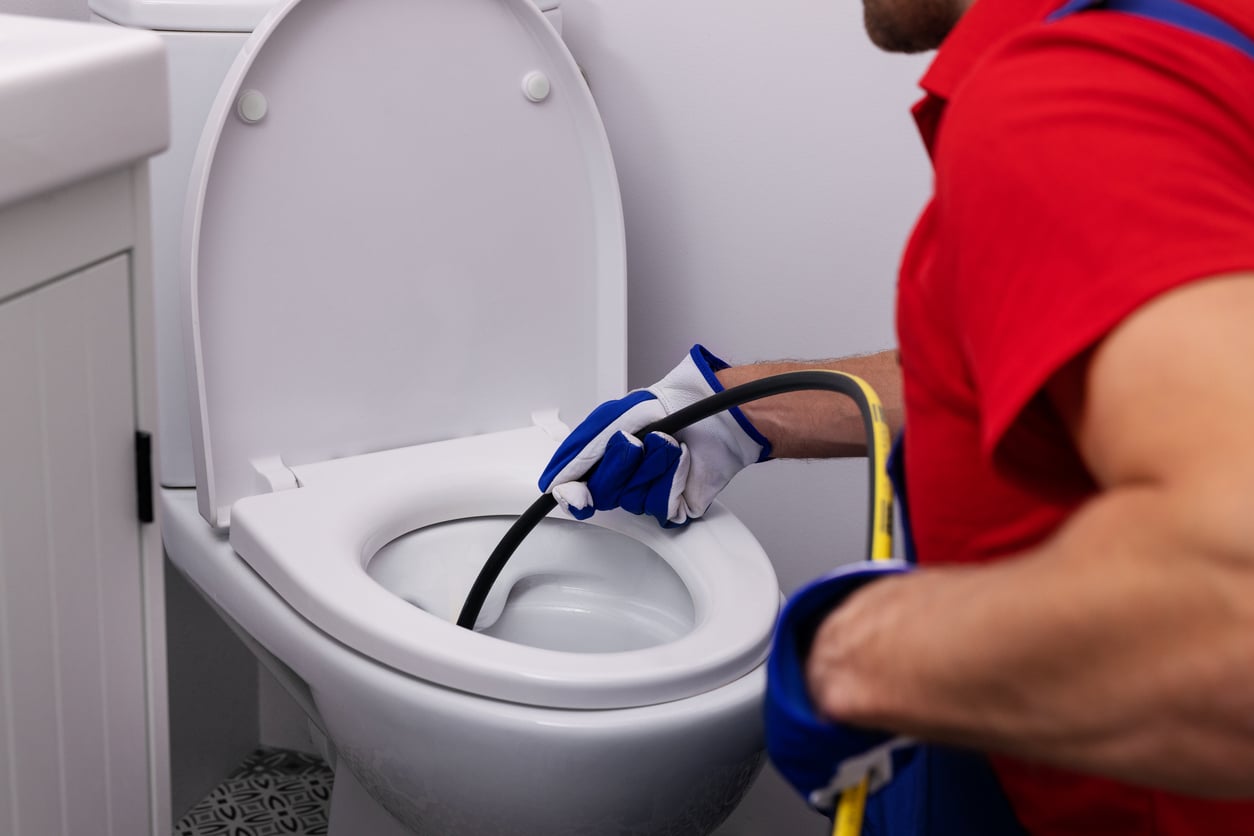Your furnace is designed to withstand the rigors of winter and provide consistent warm air to your family’s home. It is also designed to be safe, complying with industry regulations. However, furnace safety also lies in the hands of the homeowner, as they need to create an optimal environment for the furnace or heat pump to operate. Follow these Furnace safety tips during this winter to get optimal results. Fortunately, most furnace safety practices are easy and affordable. If you have any questions about furnace maintenance, contact HVAC company in Dundalk, Maryland. They can walk you through the process of caring for your furnace. In the meantime, you can get started by reading our quick guide below on furnace safety tips during winter.
1. Dust Around the Furnace Regularly
One of the main culprits of furnace-related files is dust and dirt buildup, which can land anywhere in your heating system. Dust can get in the motor and blower, as well as in the heat exchanger, drain pan, pipes, thermostat, and nearly every other heating component. Over time, dust and dirt can slow down the system, making it work harder to produce the same results. To keep the system safe, try to dust its parts once to twice a month for about every two weeks. Take a vacuum hose to remove all the accumulated dust in the water heater closet or area. From there, you can wipe up the remaining dust and clean the outside of the furnace. Dusting can prevent contaminants from circulating or buildup in the HVAC system.2. Keep Items Away from the Furnace
Dust and dirt are not the only types of buildup that can lead to fire or furnace malfunction. Storing items next to a furnace can create too much pressure or gas buildup in the area because there is not enough airflow. Every item you place on or next to the furnace restricts airflow, which is essential for proper furnace operation. How far away should you keep your items from your furnace? Most experts recommend that you keep items at least 30 inches or three feet away from the furnace. Also, keep items away from any vents or openings, as air needs to flow in or out of the compartment, depending on your HVAC’s design. More airflow creates a more efficient furnace.3. Schedule Furnace Inspections Annually
Keep your furnace running safely during winter by scheduling a furnace inspection. The best time to schedule an inspection is in the early fall season – September through October. A professional furnace inspection may include the following items.
|
|
|
|
|
|
|
|
|
|











